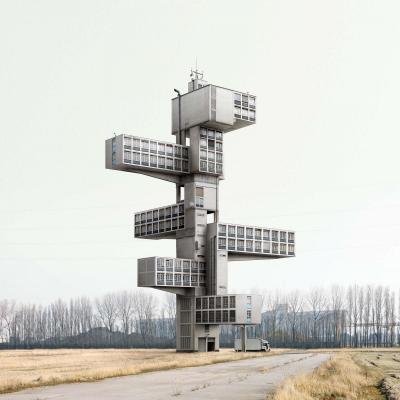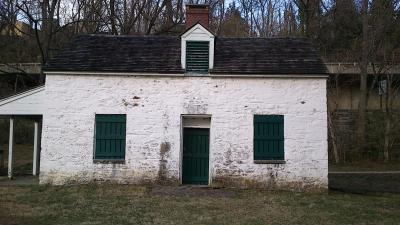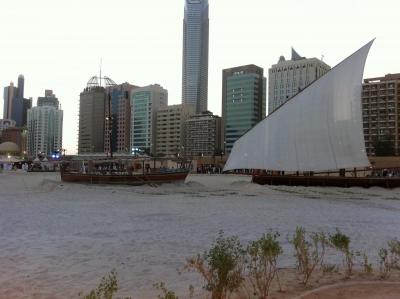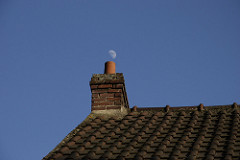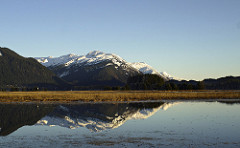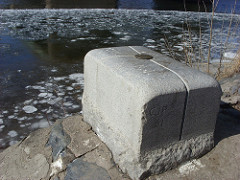At the threshold of summer, the sunglasses are on. Running in blue-sky mode, I’ve been talking up some ideas for multiplying the writing workshop times the architecture studio. Their product would be a format for storytelling across media, an alignment of complimentary strengths really well suited to engage the built environment.
All posts tagged: Essays
On Limits and Liberation: Oulipo, the New Wave, and My Summer in Paris
1.
In the fall of 1960, an exclusive group of writers and thinkers gathered in Paris to officially launch a new way of approaching both the study and creation of literature. This gathering—which would become “a kind of literary supper club . . . a hallowed echo chamber for investigations of poetic form and narrative constraint and the mathematics of wordplay,” as Daniel Levin Becker describes it in his book Many Subtle Channels—called itself Ouvroir de littérature potentielle (Workshop of Potential Literature), or Oulipo. According to co-founder Raymond Queneau, the workshop would explore “new forms and structures that may be used by writers in any way they see fit.” Becker, who is currently one of 20 living members of the still-active workshop (there are 38 total members, living and dead), was elected to the Oulipo in 2008 and describes the workshop a bit more specifically:
Changing Places: Ich Bin Ein Berliner
We painted lipstick on our lips and watched businessmen in suits flip open Die Welt, grazing the top of the newspaper with their line of sight, conspicuously shy in their observations of two foreign frauen. The train shot into Berlin’s Hauptbanhof with succinct precision, confirming one of our German stereotypes: 7.00pm exactly on Dec 31st, 2003, and not a minute late. My friend and I hoisted backpacks and flowed out of the central station and into a city that was eagerly, furiously rebuilding, was humming with energy, and was dusty and heterogeneous and still could not quite figure out how to contain itself. 2004 seemed like an inauspicious year to welcome.
Coastlines
The ocean encircles a lone peak.
Rough terrain surrounds this prison.
There are few birds flying over the cold hills.
The wild goose messenger cannot find its way.
In the first half of the twentieth century, a Chinese immigrant carved this poem on the wooden walls of the Angel Island Immigration Station in the San Francisco Bay. It was unsigned, one of many.
Homage to a Failed Venture: The Chesapeake and Ohio Canal
If Washingtonians have a patron saint, it’s the late Supreme Court Justice William O. Douglas. The longest-serving Supreme Court Justice, a famous defender of civil liberties, Douglas was a committed environmentalist, who wanted to be remembered for leaving the earth more beautiful.
In February, Texas A&M University’s Transportation Institute dubbed the Washington, D.C. Metropolitan area Number One in the U.S. for traffic. Local drivers fritter away on average sixty-seven hours and thirty-two gallons of gasoline a year in traffic.
I was born in Washington and spent a good part of my childhood in the area. Though I haven’t lived there in years, each time I go “home,” I feel grateful to Justice Douglas for preventing my favorite Washington place, the Chesapeake & Ohio Canal, from becoming just another congested highway.
From the 17th Floor: Second Look
1.
I’ve been watching the Qasr al Hosn. Watching it since I arrived in August. The boarded-up block below my office window withholds this oldest structure in Abu Dhabi—the whitewashed fort—and the arch-studded building of the Cultural Foundation. The block has so much potential, but for months, nothing’s happened. Or, I’ll see a kick up of dust and realize it was the wind.
Discontinuous City
Two weeks ago today, I woke up reading an email that Watertown was closed. The Boston, Cambridge, and Watertown police departments had sealed a perimeter. No entrance, no exit. The office was closed. I had started working for a landscape architecture practice in Watertown that Monday, the morning of the Marathon. After three months on the city’s outskirts, writing full-time, at last I had started traveling around Boston and Cambridge. The Lockdown froze the city in its novelty for me.
Vincent’s Final Days
This is an excerpt from a narrative about the last seventy-four days in the life of Vincent van Gogh. It begins in Paris on the morning of Saturday, May 17, 1890, when Vincent first met his sister-in-law Jo, the wife of his younger brother Theo. It ends in Auvers, northwest of Paris, at one-thirty in the morning of Tuesday, July 29, 1890, when Vincent died after wounding himself in the chest with a pistol.
Saying Yes to the Mountain
By ANNA FARRO HENDERSON (originally published under E. A. FARRO)
1.
The airport lights flicker below, and Sig and I part in silence. I creep towards the women’s cabin. Orange and pink bleed into my view of Juneau; the July sun has been setting since we snuck away from camp two hours ago. Sunset will run into the 3 a.m. sunrise; camp will wake promptly at 7:30. I undress in the semi-dark, climb the damp wood rungs to my bunk and listen for my seven sleeping colleagues. We are all geology majors, Class of ’03, in sight of college graduation.
The Obstinate Image
Seen on a topographic map, the town of Port Jervis, New York, appears to be guaranteed some drama. It is situated at the point where New York, New Jersey, and Pennsylvania come together at the banks of the Delaware River, where the riverbed takes a radical turn to the southwest (as if it had suddenly decided to avoid New Jersey), deepens to eighty feet, and begins to take on the grandeur that will come to it fully in the Water Gap some ten miles farther south. But whatever Port Jervis once was—a railroad and logging hub, a transport center for the produce from local farms—it no longer is. The town center seems exhausted and weakened to such a point that no expectation or promise could safely settle on it again.
